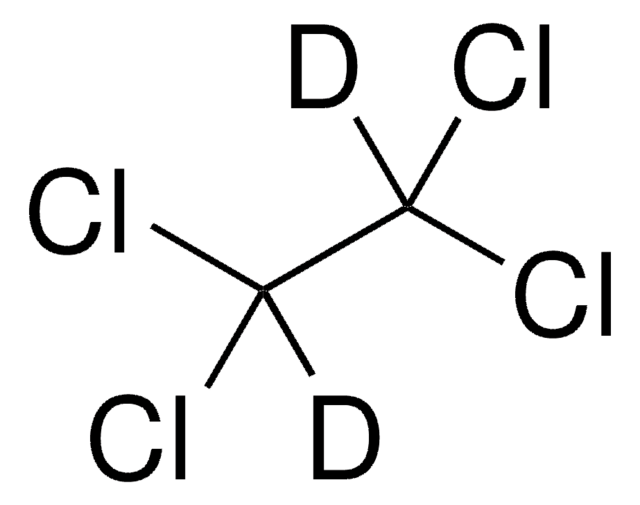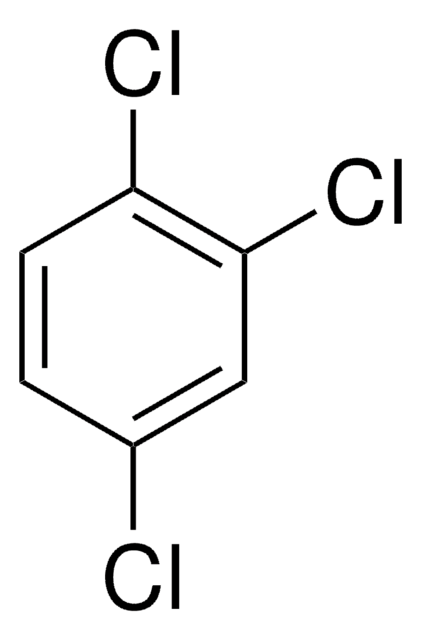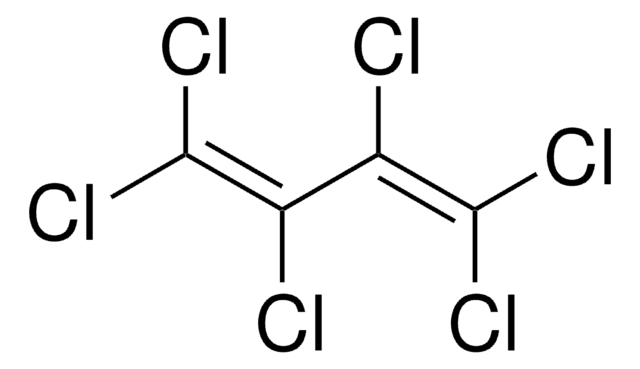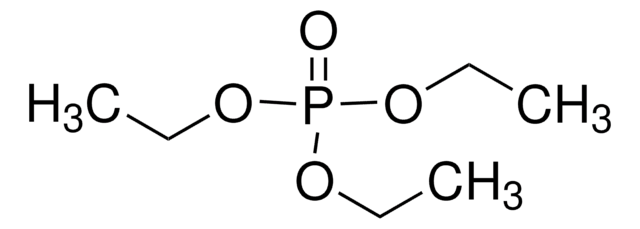185434
1,1,2,2-Tetrachloroethane
reagent grade, ≥98%
Synonym(s):
Acetylene tetrachloride
About This Item
Recommended Products
grade
reagent grade
Quality Level
vapor density
5.8 (vs air)
vapor pressure
8 mmHg ( 20 °C)
Assay
≥98%
form
liquid
refractive index
n20/D 1.494 (lit.)
bp
147 °C (lit.)
mp
−43 °C (lit.)
density
1.586 g/mL at 25 °C (lit.)
SMILES string
ClC(Cl)C(Cl)Cl
InChI
1S/C2H2Cl4/c3-1(4)2(5)6/h1-2H
InChI key
QPFMBZIOSGYJDE-UHFFFAOYSA-N
Looking for similar products? Visit Product Comparison Guide
Related Categories
General description
Application
Signal Word
Danger
Hazard Statements
Precautionary Statements
Hazard Classifications
Acute Tox. 1 Dermal - Acute Tox. 2 Inhalation - Aquatic Chronic 2
Storage Class Code
6.1A - Combustible acute toxic Cat. 1 and 2 / very toxic hazardous materials
WGK
WGK 3
Flash Point(F)
Not applicable
Flash Point(C)
Not applicable
Regulatory Listings
Regulatory Listings are mainly provided for chemical products. Only limited information can be provided here for non-chemical products. No entry means none of the components are listed. It is the user’s obligation to ensure the safe and legal use of the product.
PRTR
Class I Designated Chemical Substances
ISHL Indicated Name
Substances Subject to be Indicated Names
ISHL Notified Names
Substances Subject to be Notified Names
JAN Code
185434-2.5L:
185434-VAR:
185434-1L:4548173223025
185434-25ML:
185434-VAR-D:
185434-500ML:4548173223049
185434-100ML:
185434-BULK:
185434-5ML:4548173223032
185434-250ML:
Certificates of Analysis (COA)
Search for Certificates of Analysis (COA) by entering the products Lot/Batch Number. Lot and Batch Numbers can be found on a product’s label following the words ‘Lot’ or ‘Batch’.
Already Own This Product?
Find documentation for the products that you have recently purchased in the Document Library.
Customers Also Viewed
Protocols
US EPA Method TO-17: GC Analysis of Volatiles on VOCOL® after Collection/Desorption using Air Toxics Tube
US EPA Method 8260: GC Analysis of Volatiles on SPB®-624 after Purge & Trap using "K" Trap, Fast GC Analysis
Our team of scientists has experience in all areas of research including Life Science, Material Science, Chemical Synthesis, Chromatography, Analytical and many others.
Contact Technical Service














